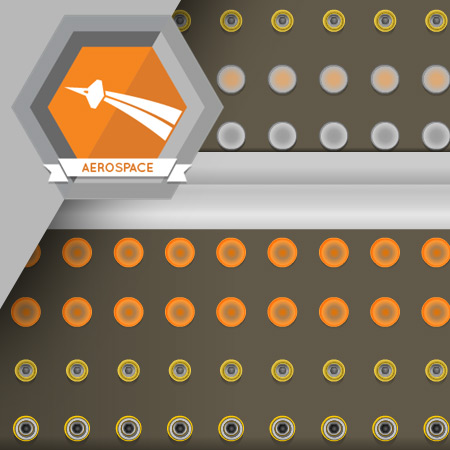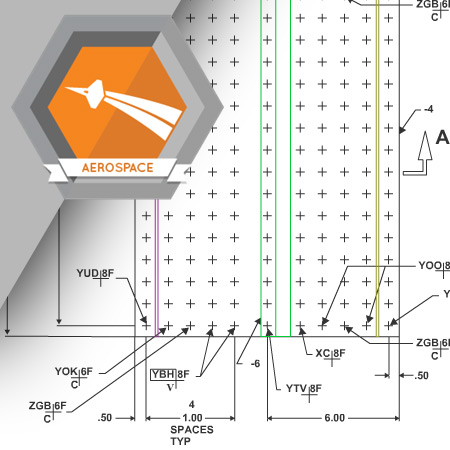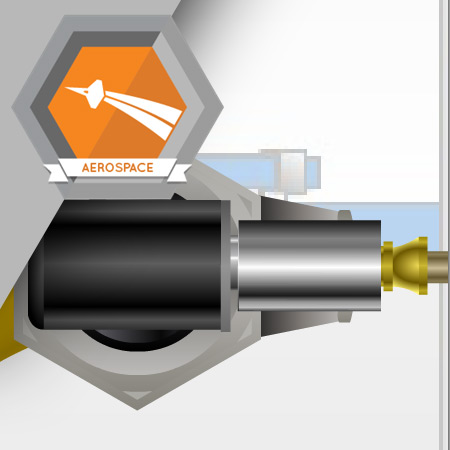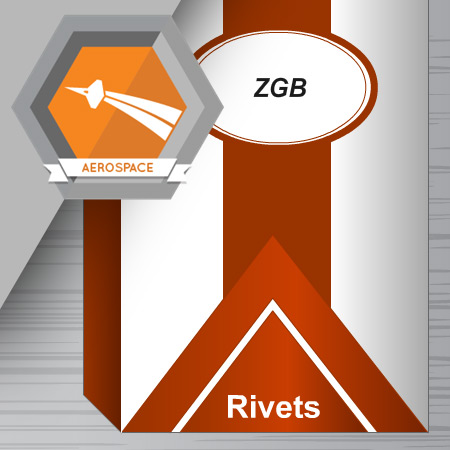
Understanding the types of materials you’ll be working with when assembling the wing of an airplane is important. Wing structures are assembled using thicker materials and a variety of fasteners and fastener installation techniques.
Learning Objectives
- Recognize a drilling template
- Understand the difference between a fixture, jig, and template
- Understand the function of a drilling template
- Recognize a fluid-tight fastener with a counterbored and countersunk head
- Describe a counterbore and countersink drill bit
- List the parts of a rivet shaver
- Know how a rivet shaver works
Language: English
Estimated Time (Hrs.): 1.2
Micro-module: No
Micro-module Series: No

Before installing fasteners, the locations of the holes in the assembly must be marked and pilot holes drilled in many of these locations.
Learning Objectives
- Recognize hole location information on an engineering drawing
- Locate the tools required to mark hole locations on the assembly
- Mark hole locations on the wing structure assembly
- Drill all the pilot holes common to the -2 parts in the assembly
Language: English
Estimated Time (Hrs.): 1.4
Micro-module: No
Micro-module Series: No

Fillet relief and countersinking are required for some of the holes in this assembly. Other holes, require a combination of counterboring and countersinking to accommodate fluid-tight fasteners.
Learning Objectives
- Countersink holes
- Counterbore and countersink holes for fluid-tight fasteners
Language: English
Estimated Time (Hrs.): 1.2
Micro-module: No
Micro-module Series: No

There are many types of fasteners installed on the wing structure including Hi-Loks, lockbolts, protruding head rivets and fluid-tight rivets.
Learning Objectives
- Install Hi-Loks
- Install lockbolts
- Install protruding head rivets
- Install fluid-tight rivets
- Shave the heads of fluid-tight rivets
Language: English
Estimated Time (Hrs.): 1.4
Micro-module: No
Micro-module Series: No
